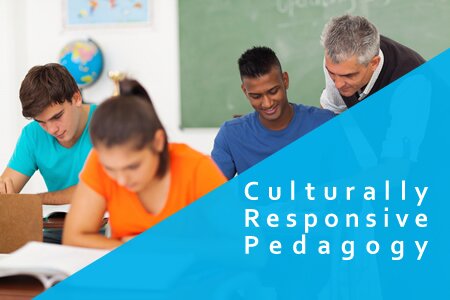
The core idea of all culturally responsive educational systems is that students with diverse cultural and language backgrounds can demonstrate exceptional academic achievements. Culturally responsive pedagogy and practice encourage the development of academic endeavors of all students regardless their ethnic composition. In a culturally responsive classroom, effective teaching and learning is achieved through culturally-oriented context with a focus on learner. Such learning environment facilitates the teaching and learning process and drives student achievement.
Culturally responsive pedagogy and practice includes three key aspects: understanding cultural responsiveness, creating culturally responsive classrooms and designing culturally responsive curriculum.
In education understanding cultural responsiveness means creating equitable learning opportunities for all students. It also involves applying culturally responsive practices at the organizational, personal, and instructional levels. Implementing the principles of cultural responsiveness the educators can considerably decrease prejudice and gain useful knowledge of the means of creating culturally responsive educational systems.
The next stage of implementing culturally responsive pedagogy and practice is creating culturally responsive classrooms where teachers apply all the spectrum of teaching methods and techniques designed to ensure effective learning process.
And finally culturally responsive curriculum should be created to ensure integration of the culturally responsive pedagogy into the given curriculum. This is achieved by reviewing and redesigning the curriculum so that it would incorporate the elements of cultural responsiveness to ensure effecting learning process for students of different cultures and backgrounds. Curricular units should be examined and approaches designed to expand the level of content integration should be developed.